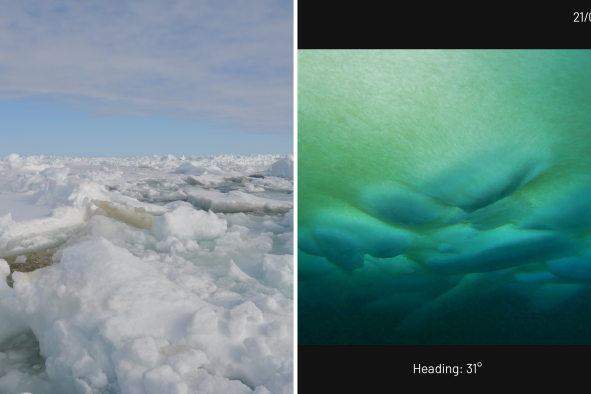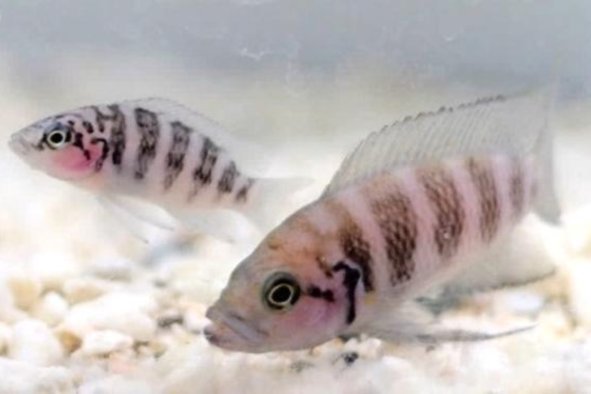Spectacular fluorescence has been spotted in 27 species that we didn't previously know were capable of glowing in the dark.
The discoveries were made during a three-year study in the Red Sea in Egypt and the Banda Sea in Indonesia, according to a new paper in the journal PLoS ONE.
The glow-in-the-dark species ranged from corals and mollusks to fish and crustaceans.
Fluorescence in animals is a fascinating phenomenon where certain species emit visible light upon exposure to specific wavelengths, usually ultraviolet (UV) light. This light emission occurs due to the presence of fluorescent proteins or pigments in the animal's body.
"Fluorescence is the property of a molecule to absorb light of a certain wavelength followed by the emission of light with longer wavelength. In bacteria, plants, fungi, and animals, various fluorescent molecules have been described such as chitin, minerals, carotenoids, flavonoids, porphyrins, chlorophyll, phycobiliproteins or green fluorescent protein (GFP) and (GFP)-like fluorescent proteins," the authors explained in the paper.
This is different from bioluminescence, as that involves a creature generating its own light: fluorescence requires a light source to shine.
The fluorescence can serve various ecological functions, including communication, camouflage, mate attraction, and predation.
In the paper, the researchers describe 27 species in which they have newly found fluorescence abilities, discovered during night dives between early 2019 and late 2022, using a special light source.
"Our study extends the knowledge on how many different organisms fluoresce in marine environments. We describe the occurrence of fluorescence in 27 species, in which fluorescence has not been described yet in peer-reviewed literature. It especially extends the knowledge beyond Scleractinia, the so far best described taxon regarding diversity in fluorescent proteins."
The species include octopuses, sea snails, nudibranchs, lobsters, shrimps, and several fish.
"We describe the first cases of fluorescence in Octopoda and Ascidiacea, and show fluorescence in Nudibranchia, where the fluorescence–unlike most previous observations—is not linked to ingested food," the researchers wrote.
"This study, therefore, extends the palette of fluorescence in marine species. It shows that fluorescence likely is a common phenomenon and that its diversity is not limited to cnidarians. Systematically searching marine biodiversity hotspots with blue or UV lights will, therefore, likely result in the discovery of more fluorescent species and molecules, which will help understand the diverse roles fluorescence may play in marine ecosystems."
Do you have a tip on a science story that Newsweek should be covering? Do you have a question about fluorescence? Let us know via science@newsweek.com.
Disclaimer: The copyright of this article belongs to the original author. Reposting this article is solely for the purpose of information dissemination and does not constitute any investment advice. If there is any infringement, please contact us immediately. We will make corrections or deletions as necessary. Thank you.



